Uncontrolled space rocks that pose a threat to the planet will be blocked
The Japanese company Jaxaspace is creating a spacecraft that can protect the Earth from collisions with asteroids. Astronomers believe that in this way the equipment will help protect earthlings from uncontrolled extraterrestrial rocks, which can be the size of a school bus to a dwarf planet.

Japanese agency Jaxaspace is planning repurposing tests for its Hayabusa2 spacecraft to prove it can redirect an asteroid rapidly moving towards Earth.
Launched in 2014, the spacecraft has landed on the asteroid twice 1999 JU3, also called Ryugu, more than 300 million kilometers from Earth in 2018. Scientists continue to study samples delivered by the spacecraft.
Meanwhile, a Japanese spacecraft is currently sent to asteroid 2001 CC21, located at a distance of more than 12 million kilometers from Earth. It is expected to reach it in 2026.
Then, in 2031, Hayabusa2 is expected to fly by the small, school bus-sized, fast-rotating asteroid 1998 KY26, whose orbit intersects the Earth's orbit, according to Jaxa.< /p>
“Device— small and fast, it creates a very special physical environment near the surface of the asteroid, since the centrifugal force due to rotation exceeds its gravity,” — explains Jaxa.
The Japanese company hopes to study the asteroid, since space rocks of this size collide with Earth every hundred or thousand years and could cause significant damage to the planet.
Jaxa emphasizes that during both spaceflight tests will demonstrate technology equivalent to that needed to collide a spacecraft with an asteroid.
“This kind of technology is equal to what is needed to collide a spacecraft with an asteroid to correct its orbit, making the flyby mission one that could also contribute to planetary defense,” — says the Japan Space Agency.
Hayabusa2 was originally designed not for flights that involve observing from a distance asteroids passing by at high relative speeds, but for observing extraterrestrial objects.
For example, in the 2026 mission, asteroid 2001 CC21 and a spacecraft will fly past each other at ultra-high speeds of 18,000 km/h, Jaxa reports.
Recall that NASA has already demonstrated that an asteroid collision with a spacecraft will The device can change the trajectory of a space rock. Then the Dart system (double asteroid redirection test), launched in November 2021, took months to target the asteroid Dimorphos, and crash into it at a speed of 23 thousand kilometers per hour in September 2022.
Tests by the National Aeronautics and Space Administration have revealed the potential of a kinetic impact technique that could one day change the trajectory of an Earth-threatening asteroid. Astronomers are also studying ways to plant and detonate nuclear devices on asteroids to steer them away from a collision course with Earth. Jaxa's upcoming effort could complement these experiments and contribute to planetary defense.









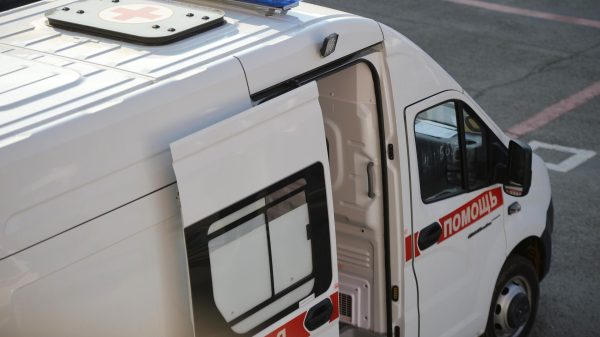








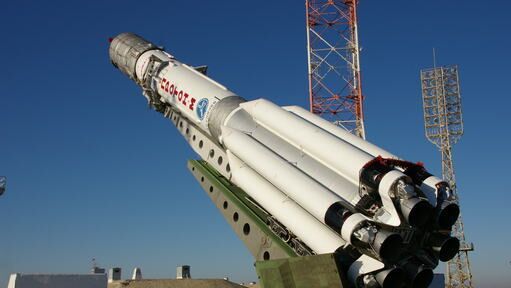


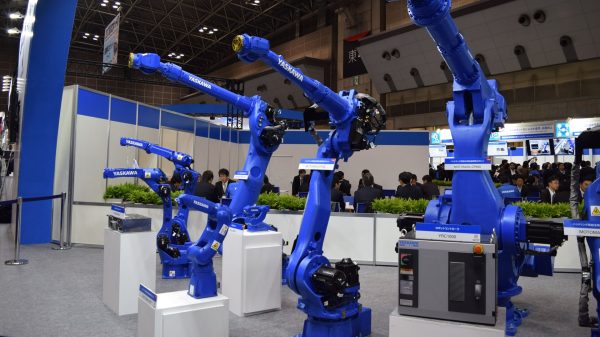














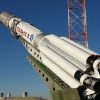



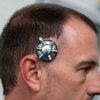












Свежие комментарии